As an Amazon Associate I earn from qualifying purchases.
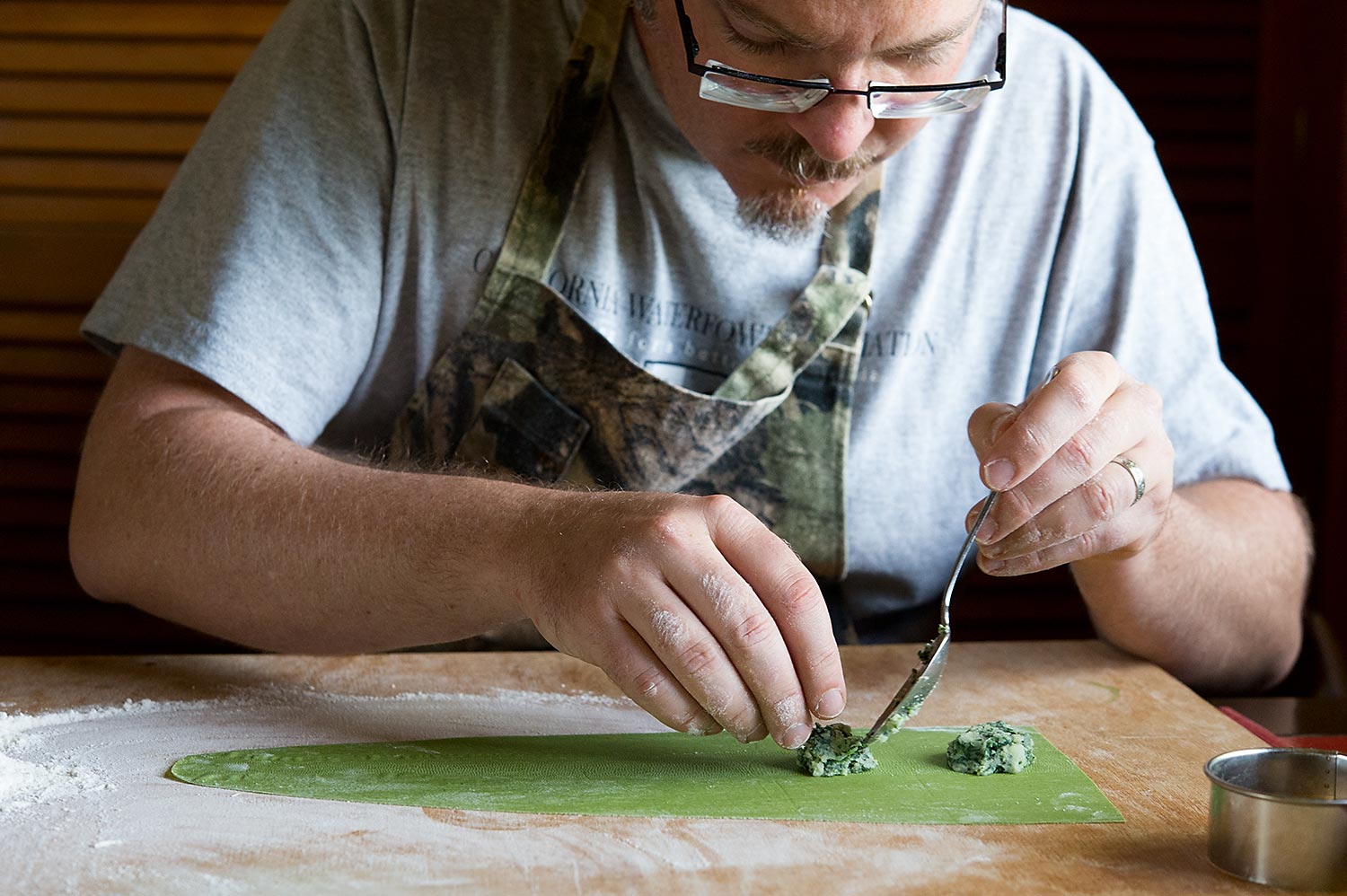
I don’t know about you, but I am looking for a silver lining to all this. And I think I’ve found one.
Many of you reading this are under orders to “shelter in place,” or some version of that. Stay home, keep your distance from others, etc. In some places, even the outdoors is being restricted. I’m not going to lie: I’ve been more than a little down about it, not to mention the loss of my friend, Ragnar the Cat.
Until last month, I hadn’t realized how much I really needed to be around my fellow humans; I had considered myself vaguely anti-social, before the world as we knew it ended a few weeks ago. Apparently not. But the reason I thought of myself that way was because I really, truly enjoy puttering in my kitchen alone, tinkering.
This is the silver lining. This may well be the best time in your life to learn new skills in the kitchen (and elsewhere, for that matter). We’re cooped up. We’re more or less forced to cook all our meals at home, although I will say as a side note that if you’re a regular at a locally owned restaurant, it is vital that you support them during these tough times.
Before you jump into something with both feet, do yourself the favor of sitting on your porch or living room or wherever, with relaxing music or nothing at all, and just thinking about who you want to be on the back end of all this, at least from a culinary perspective.
Do you want to finally become a decent baker? Learn to pickle things? Cure meat? Make tortillas from scratch? Nail that broth you’ve been playing with over the years?
Think about some kitchen skill you don’t fully possess, or possess at all, and think about starting your journey toward mastery of that skill.
I do this, to varying degrees, all the time. It’s become my job. Part of my mission here at Hunter Angler Gardener Cook is to learn new skills that are useful in the worlds of hunting, fishing, gathering, gardening and cooking, and to then pass them on to you as best as I am able.
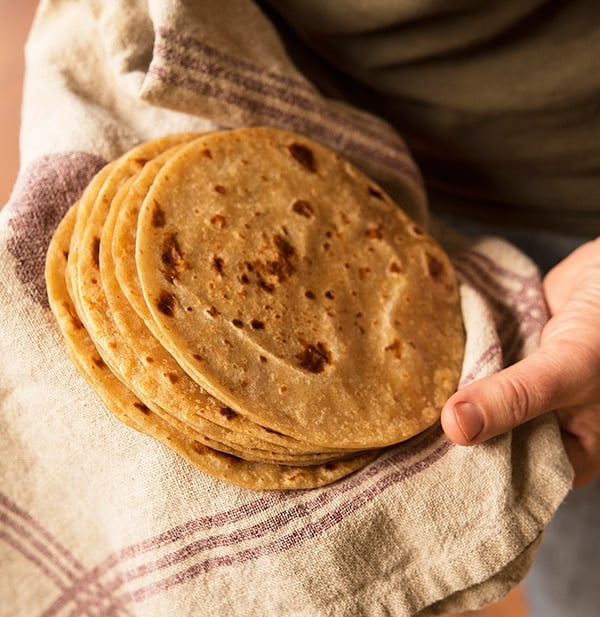
Most recently, I spent hours and hours and hours learning how to make both flour tortillas and corn tortillas from scratch. I’ve done my 10,000 hours cooking duck breasts, and making pasta, butchering wild game and fish, and curing meat.
I’ve made wine for almost 30 years. I’ve recently starting brewing more beer. I know how to make vinegar, ferment vegetables and make fresh sausages.
I tell you all this not to thump my chest, but to offer you my services if these skills are something you want to acquire. Every link above leads to tutorials I’ve worked very hard on, and every day I answer questions from you, on a sometimes dizzying array of topics, either here, or on Instagram or the Hunt Gather Cook group I run on Facebook.
It doesn’t matter if you’re inept in the kitchen or a Michelin-starred chef, we all can learn new things that will make us better cooks on the other side of this weirdness. If you are a chef reading this, there is no better time for research and development. I know. Your business has been crippled. It may not survive. But you will. Tinkering in the kitchen will, at the very least, take your mind off this disaster and give you something positive to hang onto.
If you’re not a chef, the same applies, really. Pull that Italian cookbook off the shelf and read it, again or for the first time. You’ll not only be taken to a faraway land, but you will also see that Italian food is, in many cases, perfect for times like these. A few ingredients, treated well, presented simply.
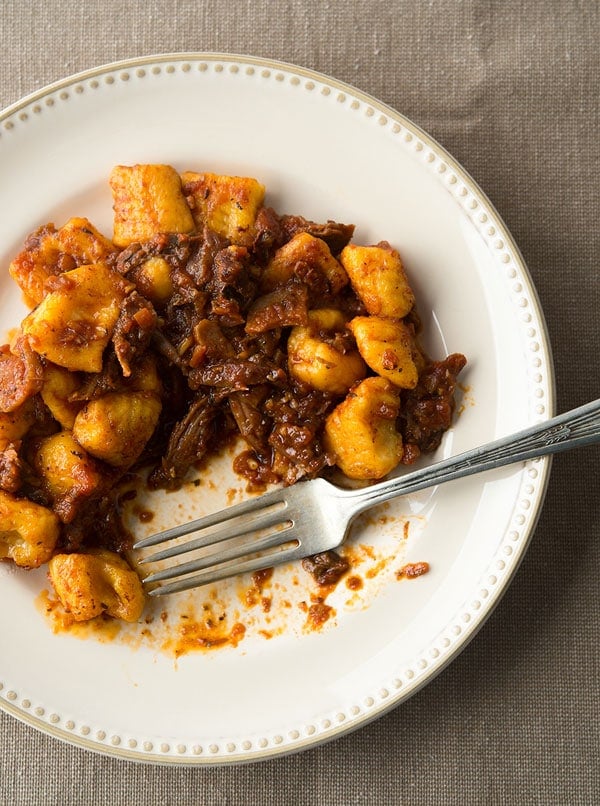
And it’s not just the Italians. The Greeks are masters of simplicity, as are the Scandinavians. And as elaborate as a Oaxacan mole might be, Mexican food hinges on simple, basic staples like corn, beans, squash, tomatoes and chiles.
It’s spring. Time to garden. Maybe expand your garden this year. I did. Or start one. Grow more of your own vegetables, varieties you can’t get at the farmer’s market or store. Plant a fruit or nut tree. Start composting. Feel the earth between your fingers.
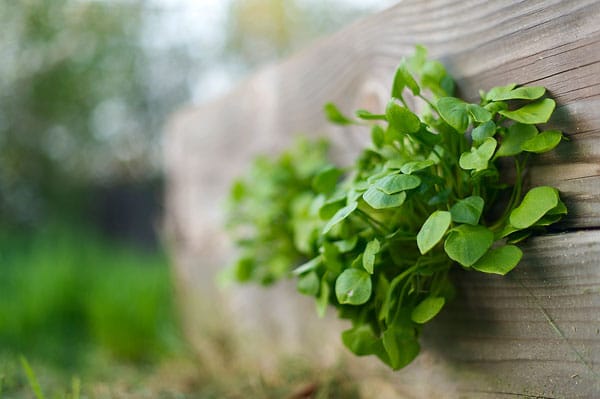
All of these things are positive, productive tasks you can do while stuck in semi-isolation. They will take your mind off the grim realities of life under the Dread Disease and propel you forward, giving you purpose while you — and I — wait this out.
And when it’s all over, you’ll be a better person because of it. And I’m here to help you get there.
The Quarantine Chronicles
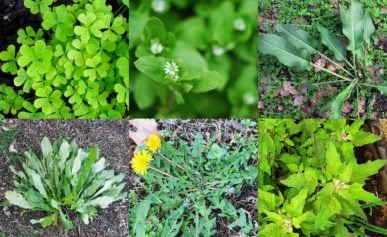
Edible Weeds: Eat Your Lawn
The best place to find edible wild plants might be no further than your own yard.
Read More
Making Stew with What You Have
Sometimes you have to make substitutions these days, and there is no better place to freestyle than in the stewpot. Here’s how to build a better stew.
Read More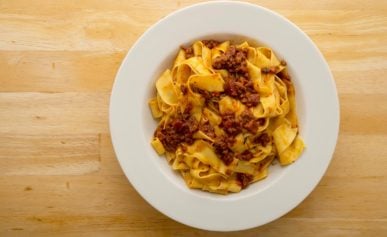
Black Mood, Red Sauce
It hasn’t all been sunshine and light these days. Our little family suffered a death recently, and its inevitability turned me inward, to that dish that gives me solace when all around me is black.
Read More
Time and Place on a Plate
When you can get out into the world again, do so with new eyes. Seeing what is around you when you hunt, fish or gather can inspire beauty on the plate.
Read More
Wasting Less, Living Better
Being thrifty in these times is a necessity. Here’s how I stretch and innovate in the kitchen using what I have handy.
Read More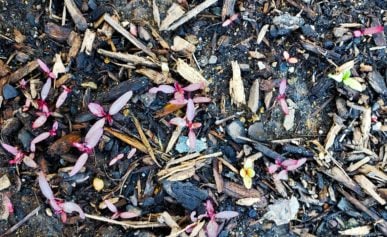
Support the Volunteers
In the garden, which for many of us is a place of solace these days, you will often find useful plants just growing, here and there. Consider supporting them.
Read More
How to Salvage Freezer Burned Meat
When you can’t go to the store that often, you look into the depths of your freezer. Sometimes you don’t like what you see. Here’s how to deal with ancient frozen bits.
Read More

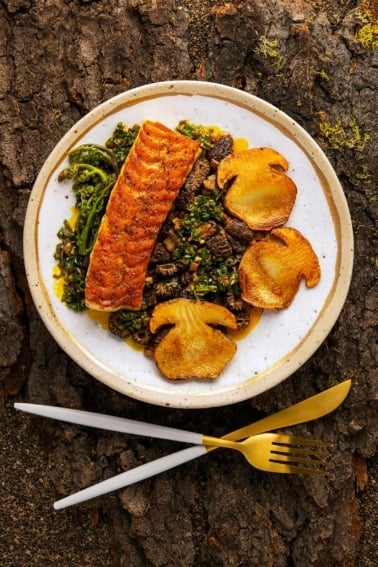
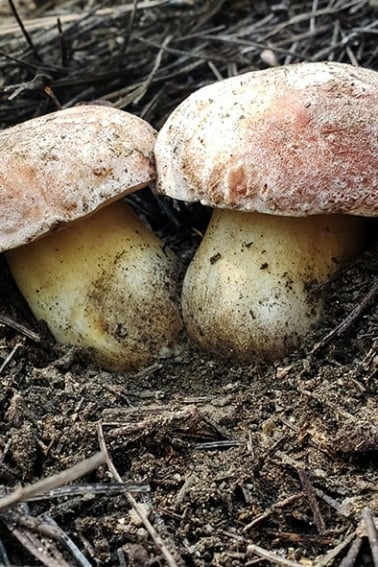
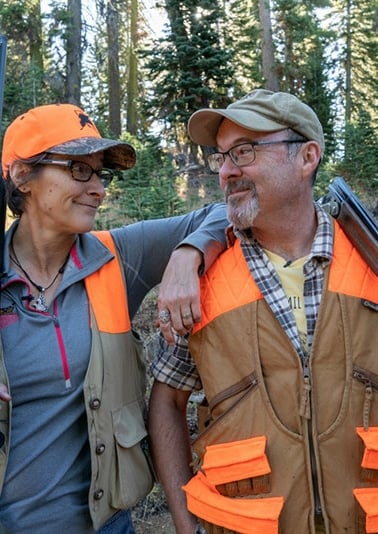
I recently came upon your site, I am excited as I read each post as these are the foods I’ve been trying to cook, but could not find realistic recipes. Yours are easy to follow and delicious.
I’m very sorry to hear about your cat, a few years back we lost 3 in the space of 1-1/2 years. Their litter mates are still with us, 20 and 18 years old, and still perky – or maybe I should say ornery!?
This was a great post, it’s similar to what I’m doing now, all those earthy things I kept putting off: working more on my garden, learning to bake bread – my grandmothers Swedish Rye Bread recipe from “the homeland” is delicious! Thank you for sharing a bit of your world with us–
Nancy
So I have shot about a half dozen pigs over the last 10 years and with my last two (harvested on the same morning) I made my first attempt at smoking the hams and hocks. These were about 110 lb. boars on the hoof, so the hams are not that large. I did use curing salt in the brine and injected the brine into the meat with a syringe, then submerged them in the brine in a refrigerator for 5-6 days. The hocks were great in my 7 bean soup, but the hams all have a bit of grey meat in spots where I didn’t inject it or the brine did not penetrate. I am assuming I did not brine them long enough for full penetration.
To my way of thinking next time I could cut the hams into smaller portions and increase the brine time to insure “a better brine.”
John: Yes, that’s right. They needed more time to cure. And yep, you can portion them smaller, which would reduce curing time.
Paws to the sky Ragnar….Sorry Hank…..its hard to say good bye to an old friend. Thank you for all of the info and wonderful cookbooks you’ve given us. A whole new world has opened up for me and my family….it’s just about time to harvest the wild blackberry and dewberries! Then come mulberry.
Thanks so much, Hank! I absolutely agree with your thoughts on silver linings; there are plenty to be found at this time. Please keep inspiring us 🙂
Hello Hank,
I have been enjoying your cook books and blog for some time and I frequently direct friends, who like to cook, and hunters I meet, to your site.
We have made your squirrel/game ravioli three times this year, the last time as part of a five coarse game theme dinner for friends. It’s one of many great recipes on your site and in your books.
Because of mike allergies we have had to learn to adapt and have discovered how to make a nut based “ricotta” and a nut based “cream” sauce that are quite tasty. (nut sauce with squirrel ravioli seems appropriate anyway).
Your image of claytonia makes me think of the plants growing in our hoop house. It is one of the most winter hardy plants we grow here in southern Michigan. It is quite tasty in salads. Thank you for your dedication to sharing with all of us.
You have a great gift to be able to touch and affect so many people. Thank you!
I love to tinker in the kitchen, but, I’m fortunate to still work as I work outside and am self employed, plus I’m training my pup so that I can go out in Eastern Oregon to gather. You list a Cajun Recipe in your Boudin Recipe, is that your go to Cajun Spice Recipe. I have tinker with some recipes but haven’t found one I like. We fall back to Tony’s C. Also, do you keep Rue in the frig. Since living in LA, I keep a jar of rue (that I make) in the frig. Loosing friends that depend on you is always a challenge.
I just cracked open the first bottles of the kölsch and the dry-hopped pale ale I brewed. First ever attempt at home brewing and they turned out great!
Keep up the good work. I enjoy your writings and your recipes.
Thank you.
Speaking of beer, our friend DeWayne Schaaf has really knocked it out of the park using the foraged yeasts you guys talked about last time you were here. Come back!
Hank, as always, great stuff. Ive got a question about squirrels. What do you do when you dont get enough for a Brunswick Stew (which comes from NC, not VA nor GA. Hahah). ? How do you store them? I heard of a water jug method, where you keep adding them to a jug, pouring water over them, and freezing them, and repeating the process until you have enough for a stew.tc. Have you ever heard of this? Is it alright for the meat to store it in water, albeit frozen? Again, great posts.
Keith: I part them out into pieces (makes them easier to store) and vacuum seal them until I have enough. I would not store them in water. If you don’t have a vacuum sealer, part them out and wrap in plastic wrap, then foil or freezer paper.
Storing them in water was what we did before vacuum bag storage. Used mostly for seafood to protect from freezer burn but works with meats. Po folks find a way! It works. Maybe not ideal but works.
Finally got to make the venison sausage with sage and juniper recipe!!!
Its the perfect time to play with sourdough and all those breakfast pastry recipes that can slowly proof in the refrigerator overnight, requiring a little baking in the morning while the coffee is brewing and the shower running.
Thanks for all you do and have done for us who want to learn-stay healthy.
Thank you. I admire you and appreciate your tutorials. I’m working on flour tortillas. Like where I am with corn ones. They are light years better than store bought. Flour ones still a little greasy for my taste. I’ll get there.